Donald Trump will allow Vladimir Putin to keep almost all the territory he seized from Ukraine since recent conflict began under the terms of a proposed peace deal.
The condition falls within a seven-point plan that aims to bring an end to a war that has so far cost the lives of tens of thousands of people.
US officials are are due to hear Kyiv‘s reaction to their proposal when it is discussed in London today.
Putin would be required to freeze the current front line, allowing him to keep most of his gains – though, the country would be required to give up two small areas currently occupied by its troops.
Ukraine would regain unhindered access to the mouth of the Dnieper river and the second area of Kherson province would also require Russian withdrawal.
US envoy, General Keith Kellogg, hopes to gain Ukraine’s agreement to the plan today.
If all goes well, his colleague Steve Witkoff will travel to Moscow and present it to Putin.
Potential obstacles to the proposal include it offering no clear US security guarantee to Ukraine.
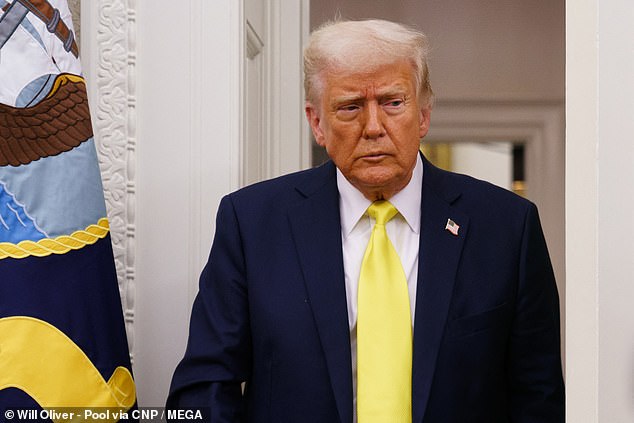
US officials are are due to hear Kyiv ‘s reaction to their proposal when it is discussed in London today
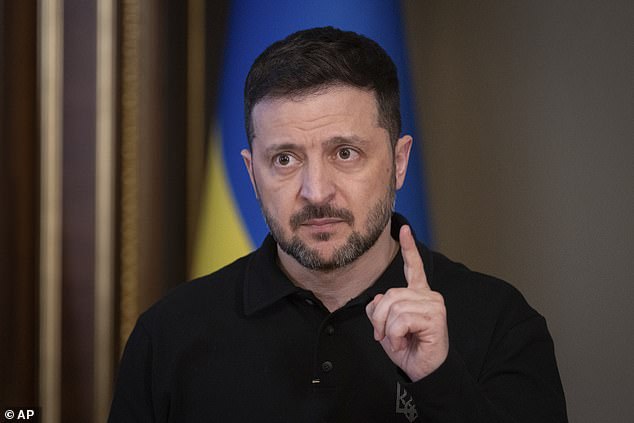
Ukraine would regain unhindered access to the mouth of the Dnieper river; the second area of Kherson province would also become a place where Russia withdraws
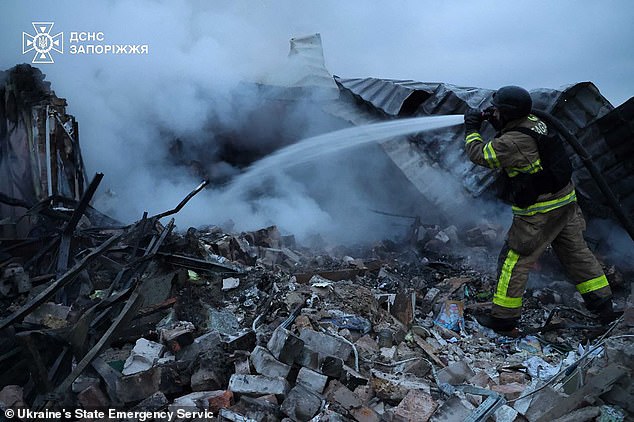
A firefighter mans a hose as they work to extinguish a fire following an aerial guided bomb in Zaporizhzhia region, Ukraine on Monday, March 31, 2025
In addition, Putin may be unwilling to relinquish the area of territory proposed by Mr Trump.
Points one and two cover an immediate ceasefire, the Telegraph reports – which has already been accepted in principle by Mr Zelenksy.
Point three bans Ukraine from seeking membership of NATO, though it would still be free to join the EU.
In relation to safeguards against Putin invading, European countries may deploy an assurance force as a form of deterrence – though it is understood the plan does not commit the US to ensuring this is put in place.
Point four of the plan sees America offer de jure recognition of Russian sovereignty over Crimea, the region of Ukraine which Putin annexed in 2014.
Recognising Russian control of Crimea would violate international law which states no country can annex the territory of another. No nation is supposed to recognise the change if land is seized.
In practice, however, international law has not always been acknowledged such as in the case of Israel. For example, the US said in 2019 it no longer considers Israeli settlements to be illegal.
Following the full-scale attack in February 2022, Russia captured large areas of four more provinces of Ukraine: Donetsk, Luhansk, Kherson and Zaporizhzhia.
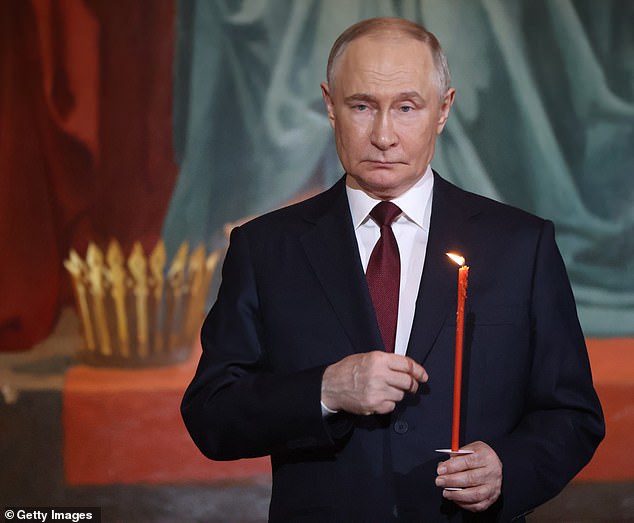
Putin has repeatedly said Russia would be willing to end the war if Ukraine drops its NATO ambitions
The proposal would not formally recognise the occupied areas as being part of Russia but is understood to imply de facto US recognition.
A nuclear power station at Zaporizhzhia, the largest in Ukraine and currently held by Russian forces, would be transferred to American control.
Point six would see Ukraine sign the minerals deal, giving US companies access to the country’s natural resources.
And lastly, point seven would raise the possibility of a new relationship for America and Russia – lifting all US sanctions so the two countries can begin to work together on energy policy.
The plan flies in the face of many of Britain’s stated objectives. For example, Keir Starmer told Mr Zelensky as recently as Valentine’s Day this year that he was committed to ‘Ukraine being on an irreversible path to NATO’ membership.
Beyond this, on February 17, Sir Keir said he would deploy British forces to support a ‘lasting’ peace agreement in Ukraine.
He added: ‘But there must be a US backstop because a US security guarantee is the only way to effectively deter Russia from attacking Ukraine again.’
Putin has said he is ‘satisfied with the proposal’ to block Ukraine from NATO.
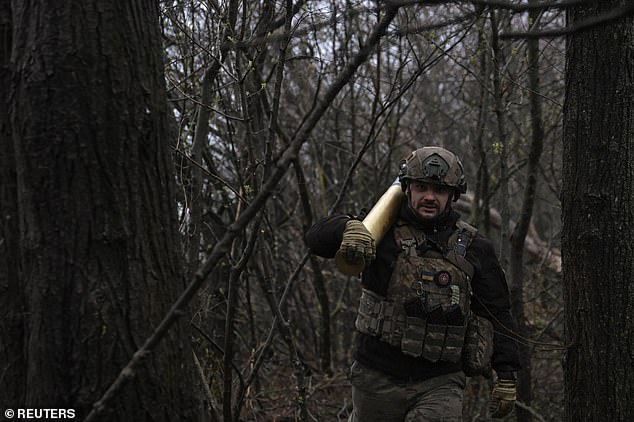
A Ukrainian serviceman of the 108th Territorial Defence Forces Brigade carries an artillery shell at a frontline position, amid Russia’s attack on Ukraine, in Zaporizhzhia region

On February 17, Sir Keir said he would deploy British forces to support a ‘lasting’ peace agreement in Ukraine (file image)
However, the president would be required to abandon his goal of a ‘demilitarised’ Ukraine.
Beyond this, the plan would not stop Ukraine form building up its armed forces nor would it prevent European countries from continuing to supply the state with weapons.
A note of caution was sounded by Russia yesterday. Dmitry Peskov, Putin’s spokesman, said on state television: ‘Probably it is not worth setting any rigid time frames and trying to get a settlement, a viable settlement, in a short-time frame.’
Ukrainian officials said they did not expect a final ‘take it or leave it’ offer in London.
Under Ukraine’s constitution, the country is not permitted to relinquish territory, be that by its parliament or government.
Only the votes of people in a referendum can do this – though martial law currently forbids referendums given the circumstances of war.
Foreign office sources have said they do not believe a deal will be struck in London.
Russia’s invasion of Ukraine in February 2022 marked a significant turning point in the escalation of recent conflict that began eight years ago with the country’s annexation of Crimea.
Putin has attempted to justify the invasion saying the two countries have a long shared history, and cited fears Ukraine has now fallen into the western orbit.
A Ukrainian-speaking population in western parts of the country have traditionally favoured greater integration with Europe while a mostly Russian-speaking people in the east have wanted closer ties with Russia.
Russia has viewed Ukraine’s attempts to forge its own path as a sovereign state, such as through seeking to join the EU and NATO, as a form of aggression.
Putin has repeatedly said Russia would be willing to end the war if Ukraine drops its NATO ambitions.







